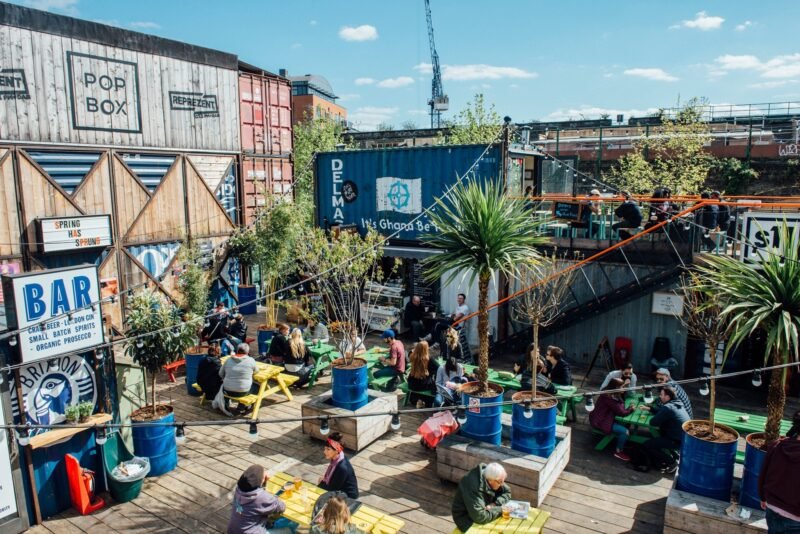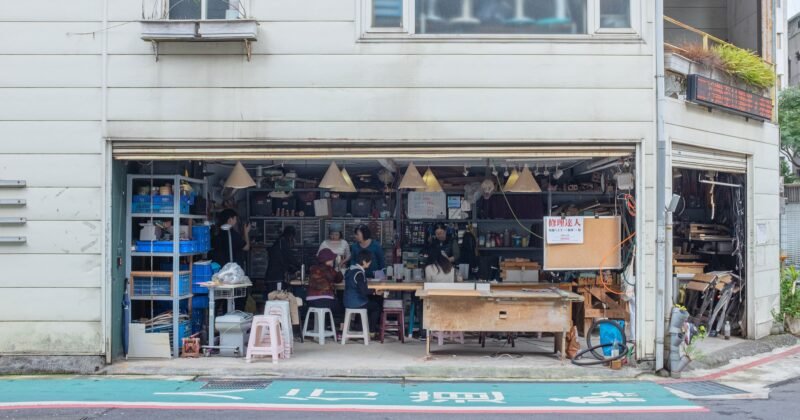Three Inspiring Examples Of Greek Crisis Urbanism
Much has been written about how the economic crisis and recession affect the practice of city-making. It seems that economic crisis, especially in the countries of the Mediterranean, is also translated into a severe urban crisis.
Greek cities have been suffering from poor public-led urban planning strategies, even before the economic downfall. However, there seems to be a vivid call for bottom-up initiatives that are able to directly improve urban conditions. NGOs, citizens, private agencies and also institutions start to engage themselves in new-style urbanism initiatives — step by step, place by place. Conquering the negative mood and stimulating public dialogue, all kinds of interesting projects pop up, both in Greek cities and the periphery. In this article we present a selection three inspiring examples of bottom-up urbanism that fight the negative atmosphere imposed by the Greek economic (let alone) crisis.

1. Argallios
The Argallios project by Athens-based architecture firm Kollektivemind* is a public, interactive installation placed on the fence of a primary school, in a less privileged area of Chania, on the island of Crete. The project was inspired by Crete’s local traditional weaving patterns. The colorful embroidery was recreated on the school’s fence by using 2,100 recyclable plastic bottles that were cleaned, painted in six traditional basic colors and tucked into the diamond-shaped holes of the fence. This was not a one-agency project — Kollektivemind* invited the local community participate in this project. Apart from creating a landmark for the neglected area that carries an ecological and cultural meaning, it was also possible to prompt people to engage into a community practice as well as to raise awareness towards the reclaim of public space.


2. Syn-oikia Pittaki
Creative studio Beforelight and the non-profit organization Imagine the City are quite well-known in the biggest cities of Greece, Athens and Thessaloniki. Founded in 2010, this collaborative scheme has managed to create two great projects which lit up, literally and metaphorically, the dark streets of those cities. Their Syn-oikia Pittaki (Neighbourhood Pittaki) project took place in the downtown area of Psirri, an area that has been radically influenced by the economic crisis and now faces problems of criminality and urban decay. As a result, many streets in the area, like Pittaki Street, are turning into dead public spaces. In order to liven up the street, the group decided to gather old lamps, repair them during an open workshop, and install them as new lighting infrastructure in the street. The result was a luminous, colorful ceiling that not only created an interesting and appealing atmosphere, but also managed to bring the people of the neighborhood together and bond them for a purpose. The street and the project have become a symbol for community power in Athens in the darkest times of crisis.

3. Atenistas
Atenistas is an open community of Athens’ citizens, who love their city. They believe that their initiative offers a choice for the citizens of Athens to express their desire for better life quality into real actions. Their actions include pop-up parks, cleaning and refurbishment of public buildings (mainly schools) and lots, flash-mobs, artistic interventions, social-related seminars, urban walks and charity events. By keeping their costs low (their funds derive only from crowd-funding) and following a DIY approach to design, they involve local people in each and every step of their actions. Furthermore, the collective runs a ‘civil’ group which functions as an intermediary between citizens and the local government in order to foster a more efficient public discussion and eventual problem-solving process. The Atenistas managed to become an urban movement all over Greece. Today there are almost twenty similar initiatives, not only in the mainland, but also on the Greek islands. All those initiatives have many things in common, but the most important one is citizen participation. No projects, even the bottom-up ones, can be considered successful and sustainable unless they have incorporated the value of community. Being Greek and knowing the Greek mentality, I can only say that initiatives like these, that foster public dialogue and solidarity, can actually pull society out of the real crisis. Bottom-up urbanism works!



